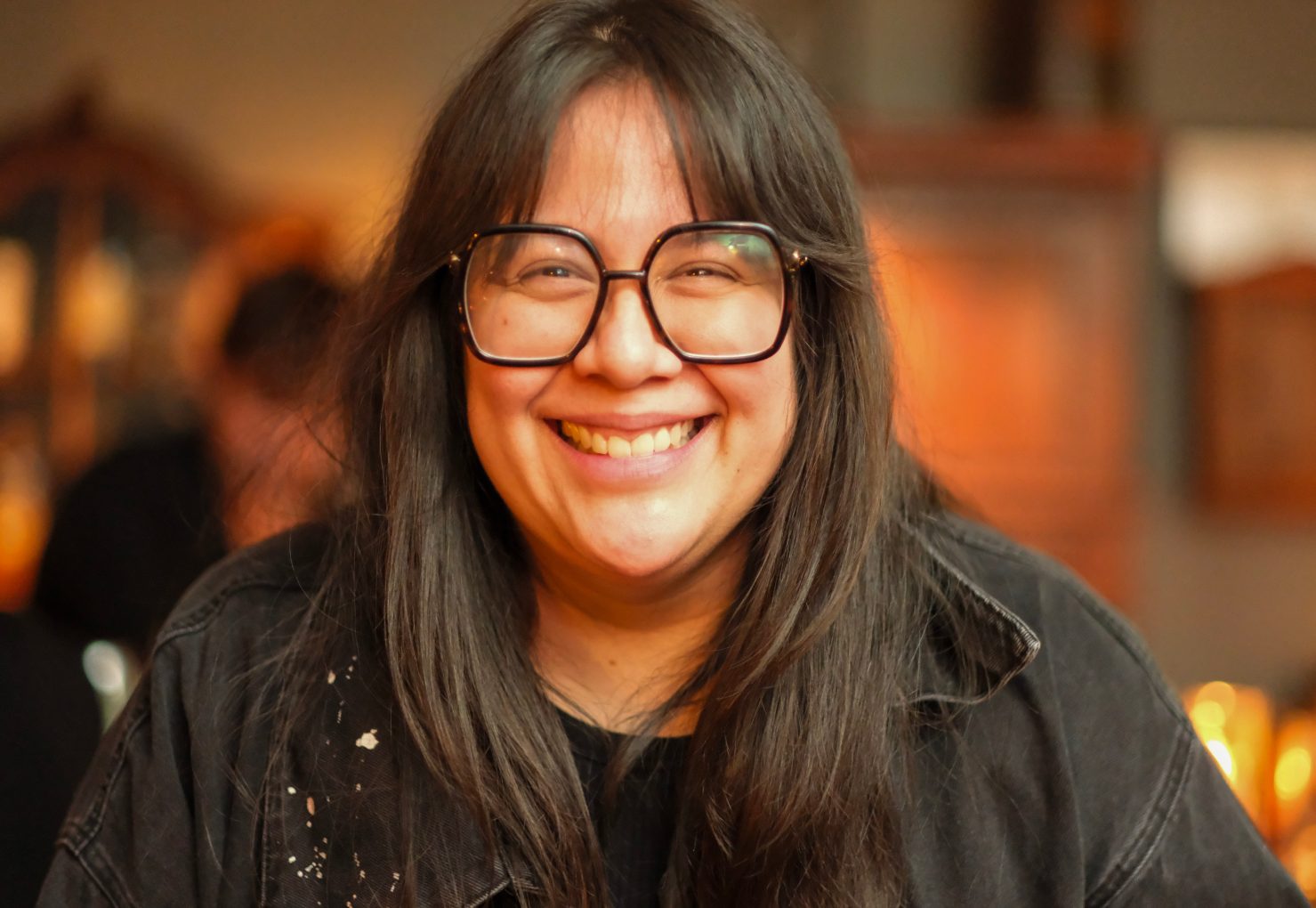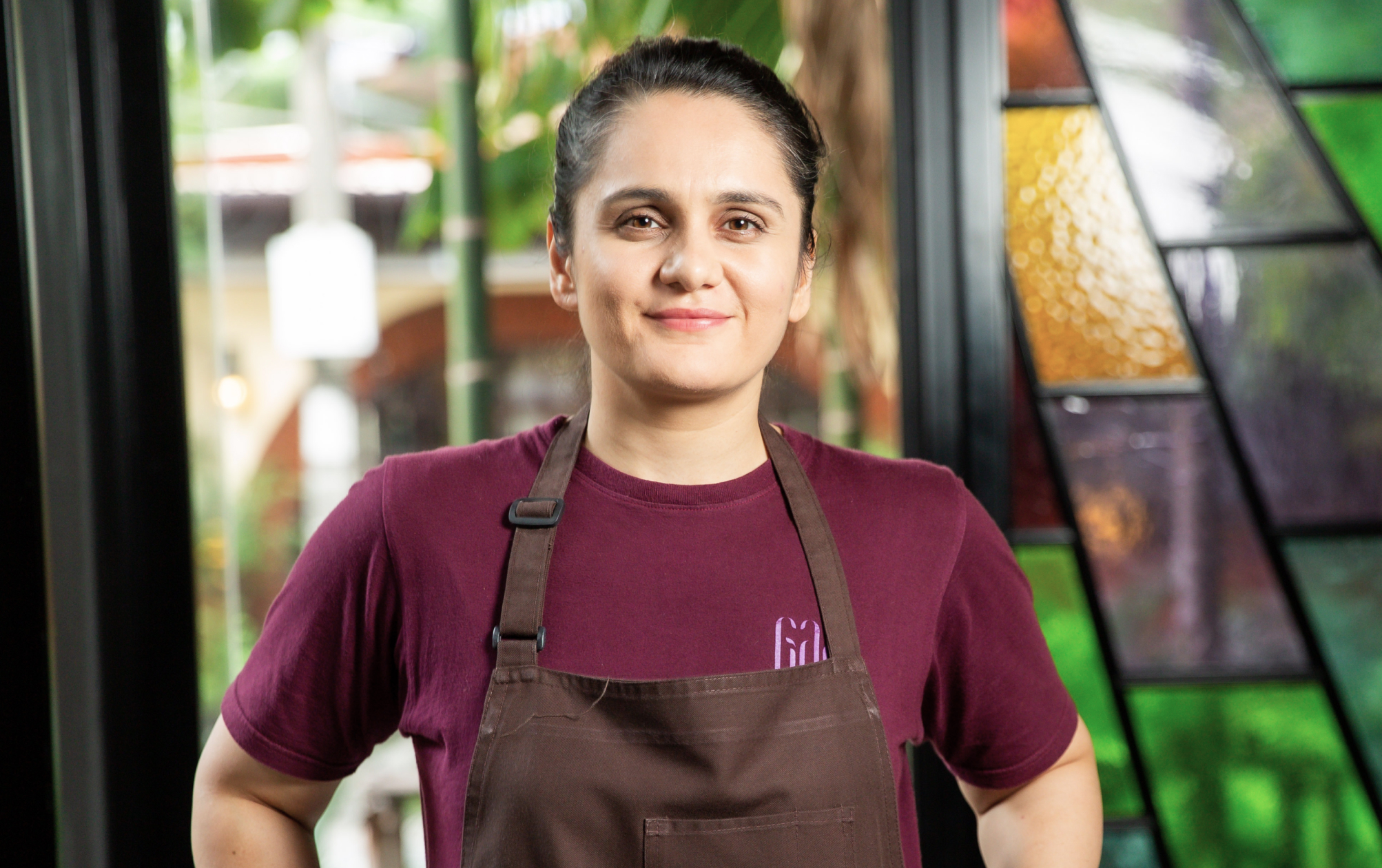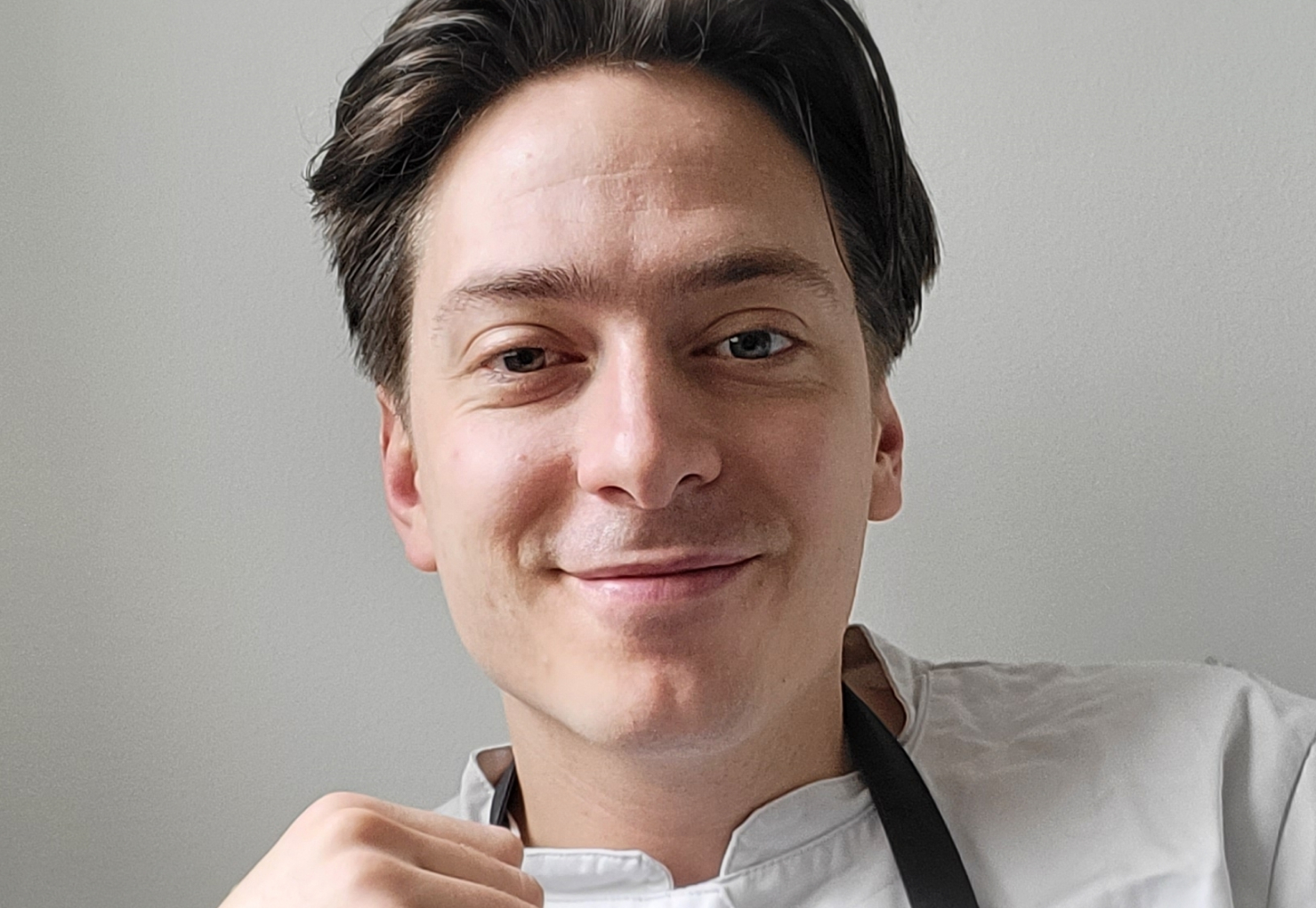5 Questions with César Garduño
Each month, Digest interviews one of MAD Academy’s alumni. For this issue, we check in with César Garduño, whose career has taken some unusual turns in the last few years. For one thing, the 29-year-old sommelier ended up working in a couple of places—first Dill in Iceland, now Credo in Norway– that could not be further, geographically or culturally speaking, from his home in Mexico City. But his time in the north has also convinced him that the region will play a significant role in wine’s future. And he’s attended Academy not once, but twice. Here, he explains all the reasons why.
–
You’ve worked in some extremely Nordic locations, first at Dill in Iceland and now at Credo in Norway. How did a sommelier from Mexico City end up in the far North?
“After culinary school, I was working as a sommelier at a resort in Mexico where I had all these customers who would say, ‘This is great, but have you been to this country or that country? The wine there is amazing.” I started thinking I needed to go away to see what’s going on. The Nordics always been really interesting for me, and at the time, Iceland was—I don’t want to say Covid-free, but it was easier to go to. But also I was like I don’t even know where Iceland is. So I did some research, and eventually I found Dill. I thought what they were doing wine wise was super cool, so I just applied to see what happened, and it happened. The first six months were crazy because being from Mexico City, I’m used to being around millions of people. And then I arrived to Reykjavik and there’s no one, and culture wise, it’s so different. Being from Latin America, you want to hug and kiss everyone, and people definitely don’t do that in Iceland. So it was a big shock at the beginning, but I ended up staying for almost two years.
Then I wanted to keep traveling around the Nordics, so I started to do some research about the restaurants in Denmark, and Sweden but with my passport, it was easier to obtain a visa for Norway. I started looking into which restaurants there are working with food and wine in a certain way, and then I talked to Heidi, and it all fell into place.”
What do you mean about working with food and wine in a certain way?
“There are a lot of restaurants that are like, we try to work only with organic ingredients, farmers that respect the soil, etc. But then when it comes to wine, they just work with conventional wine full of chemicals. In my opinion, that doesn’t make sense. But there are also restaurants here, like Credo that say, we a have this dish with that comes from regenerative agriculture, and we think it makes sense that we work with wine that comes from farmers who are working the same way. It’s not that easy to find. restaurants that are working with this mentality.”
What brought you to MAD—and not just once, but twice?
“When I saw that there was like this sustainability course, it made me think it was something that I needed to do because, at least in Mexico, no one really was thinking about how to do a beverage program in a sustainable way. The other thing was that I also love a non-alcoholic pairing. But rather than only doing a juice or just throwing a bunch of things in the blender, I had this idea about doing something more sustainable. Every kitchen of course, has a lot of waste and I was like, why don’t we take this waste, the skin of a carrot or whatever, and do something with it? But I didn’t have the knowledge of how to do it or how to measure if it’s actually working or doing some good. I had all these ideas in mind, and then I saw the program, where they have all these areas where they can show people how to do it. And then the second one, the leadership and business course, it gave me a chance to see the other side of the coin.”
Did you get what you wanted out of it? Did you learn, for example, to make a sustainable beverage program?
“It’s actually something that I started working on this year at Credo and it’s really cool. Working with natural wine, we try to choose producers who working with regenerative agriculture. So we know that they’re already working without putting certain chemicals into the environment, and that already reduces the amount of carbon dioxide being released into the atmosphere. But then there are also winemakers who are working with the glass, with the bottle itself. Because we know that if the bottle has less weight, than the amount of fuel you need to transport it is also going to be less, and that means you’re going to reduce your CO2 emissions. And then, this is more difficult, but we’re also trying to get rid of the cardboard boxes that wine gets delivered in. Why can’t we have reusable plastic crates?”
What do you see as the future of wine?
“Climate change is changing everything. There are even wine regions starting to grow up here in Norway and in Sweden. And some of them are actually making good stuff. Most of them are conventional wineries, but there are also these tiny vineyards that are working without chemicals. So countries that we never imagined would have wine are starting to grow it. And that means that, in the future, wine is going to be more and more local. There may even come a moment when you only work with wines produced in that region or in country. So I think that the future is going to be really sustainable.”
–
Photograph by Eline Kjøl Berg




